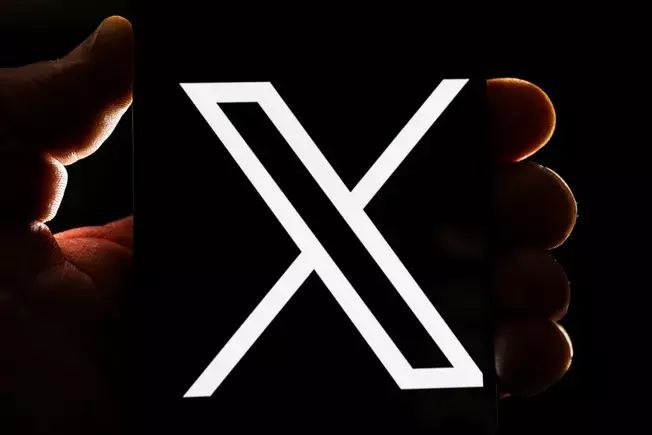In the ever-evolving landscape of social media, platforms must navigate the delicate balance between user experience and content exposure. Recently, X has stirred a pot full of controversy by hinting at significant modifications to its blocking feature—an aspect that has traditionally provided users with a sense of security and control. As Elon Musk, the platform’s owner, has suggested, the pursuit of removing the block feature has been ongoing for over a year. The motivations behind this change deserve careful scrutiny, given the implications it may have for users seeking to protect their online presence.
Elon Musk’s influence on the platform cannot be overstated. He has expressed concerns about “giant block lists,” indicating that they create barriers to content visibility. However, the questioning of blocking as a protective measure raises eyebrows when one examines its fundamental purposes. Musk’s argument hinges on the idea that users can evade blocks by simply logging in through alternate accounts. While it’s true that this tactic exists, it oversimplifies the complexities surrounding online interactions. Blocking isn’t merely a tool for shutting out users; it serves as a mechanism to mitigate harassment and unwanted exposure to toxic behavior.
As the platform moves closer to implementing changes, how this will impact user interactions remains unclear. The proposal suggests that blocked accounts will still be able to view public posts but without engagement capabilities such as liking or replying. This ostensibly creates a scenario where users can monitor and report any adverse behavior while still retaining visibility of their posts. However, this justification layers over the core issue—many block users not only to shield themselves from harassment but also to maintain a degree of personal space in an otherwise public arena.
One striking pitfall of this shift is its potential to diminish the effectiveness of blocking as a safeguard. Users often rely on this feature during instances of online abuse, be it from trolls or disgruntled acquaintances. The idea that they can monitor a blocked user’s response to their posts, while well-intentioned, may backfire. Victims of digital harassment could find the constant reminder of their abuser’s presence more distressing than empowering.
Moreover, the assertion that users can manage their visibility through “Protected Posts” neglects the fact that many users simply want the option of blocking someone without resorting to more complicated privacy tactics. Protected Posts limit exposure to followers only, yet this necessitates additional steps and compromises the user experience for those seeking straightforward blocking solutions.
While the changes seem user-focused, they coincide suspiciously with growth strategies aimed at amplifying engagement metrics. By allowing blocked users to access public posts, X could increase the overall content exposure on the platform. This could have an additional secondary impact—increased visibility for posts from users who are commonly blocked, which may inadvertently favor certain demographic groups, including more right-wing individuals who often find themselves on mass block lists. Such a shift could instigate a more polarized content landscape where users feel alienated by opposing perspectives.
Musk’s personal stake in amplifying his visibility further complicates the motivations at hand. The more posts that blocked individuals can access, the greater the reach for Musk and other high-profile users, complicating discussions around the purity of user experience versus business interests. The alignment of personal gain with platform policy poses ethical questions about the direction X should take.
Regulatory Compliance and User Expectations
Compounding the discussions surrounding blocking functionality is the broader regulatory context in which social media companies operate. Both the App Store and Google Play Store mandates that social apps include blocking features. This adds pressure to X, alongside Musk’s insistence that the feature is ineffective. As the platform strives to comply with regulatory standards and maintain a competitive edge, the decisions made could profoundly affect its user base.
The challenge, therefore, will be to retain a core element of user protection while also accommodating business objectives. However, many users may feel alienated by forthcoming changes, especially those seeking refuge from hostility. Ultimately, the move to undermine what many perceive to be a basic right to block another user online is fraught with consequences that could echo throughout the platform’s community dynamics and reputation.
While X’s proposed alterations to the blocking functionality have been framed as progressive and user-centric, they invite a multitude of concerns regarding user safety and content management. The implications may not just reshape user experience but could also alienate those who rely on blocking to create a safer online atmosphere. As the platform navigates this complex transition, the question of whether it will truly enhance user interactions or sow discontent remains pivotal. The stakes are high, and the outcome could define the future landscape of X in both popularity and functionality.


Leave a Reply